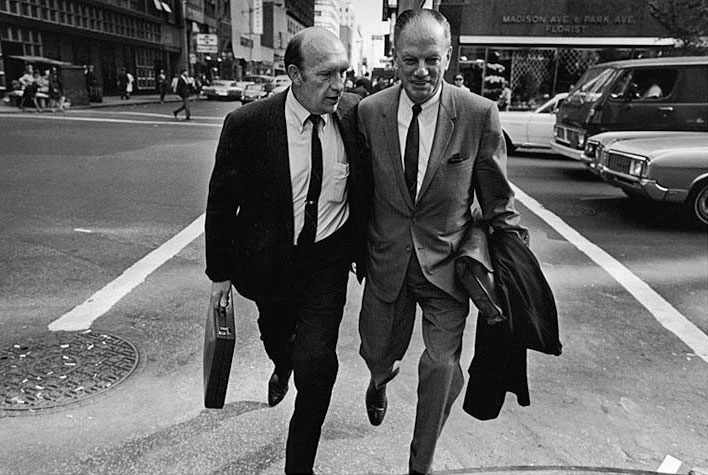The Next Bonfire of the Vanities
As The New York Times noted in its obituary of author Tom Wolfe in May, his wildly successful “The Bonfire of the Vanities” provided readers with “a sweeping, bitingly satirical picture of money, power, greed and vanity in New York during the shameless excesses of the 1980s.”
Being the thorough journalist that he was, Mr. Wolfe carefully and accurately described how the novel’s central character, Sherman McCoy, made his living as a bond trader. Of course, explaining how Wall Street works wasn’t the purpose or the main thrust of the novel, but Mr. Wolfe did a great job of laying out how the sausage is made in layman’s terms.
Today, the Wall Street world of Sherman McCoy no longer exists. Post-crash banking regulations limit banks’ ability to put their capital at risk in the bond market. Lots of the buying and selling that Mr. McCoy and his peers engaged in is now done by computers. And the new Masters of the Universe are hedge fund managers (or at least the few who have performed better than zero-cost index funds in recent years) and private equity kingpins.
But as Mr. Wolfe would surely attest, human nature doesn’t really change, and vanity is still very much alive and well in the capital markets. I have inferred that conclusion from a recent Wall Street Journal review of “Crashed: How a Decade of Financial Crises Changed the World,” by Adam Tooze, a Columbia University historian. (Although to be perfectly honest, I don’t need a book to confirm my view of financiers as a group that basks in the light of their own brilliance).
While the reviewer, Marc Levinson, picks a few nits, he lauds Mr. Tooze for looking at the really big picture and painting a portrait of a crisis that is neither vanquished nor was caused “only by subprime mortgages.” Tooze blames the mess on the excesses of “an undercapitalized international banking system abetted by weak regulation” and says the world’s financial leaders still are kicking the problem into the future.
Just as Sherman McCoy’s unplanned detour into the South Bronx triggered the stream of unintended consequences that make for the arc of Mr. Wolfe’s portrait of the 1980s, the unintended results of what central bankers did or didn’t do in the aftermath of the 2008-09 crisis reverberate today. The financial weakness of the European Union, Russian saber-rattling and problems in emerging markets all have been prompted or shaped by the actions of central bankers and governments in the wake of the crisis.
The lesson that Mr. Levinson draws from Mr. Tooze’s book is that there are many challenges in managing a tightly connected world economy. Chief among these is who will act as the “bailer out of last resort” in the next inevitable financial crisis.
At those times, many of us mere mortals will pay the price of the system’s imbalances through job losses, ruined retirements, foreclosures and personal bankruptcies. While at times of crisis we place our trust in serious, credentialed and supposedly all-knowing central bankers and Wall Street titans (armed with data and theories from brilliant academics), let’s just remember one key point: they don’t really know what the hell they’re doing either.




Leave a comment:
You must be logged in to post a comment.